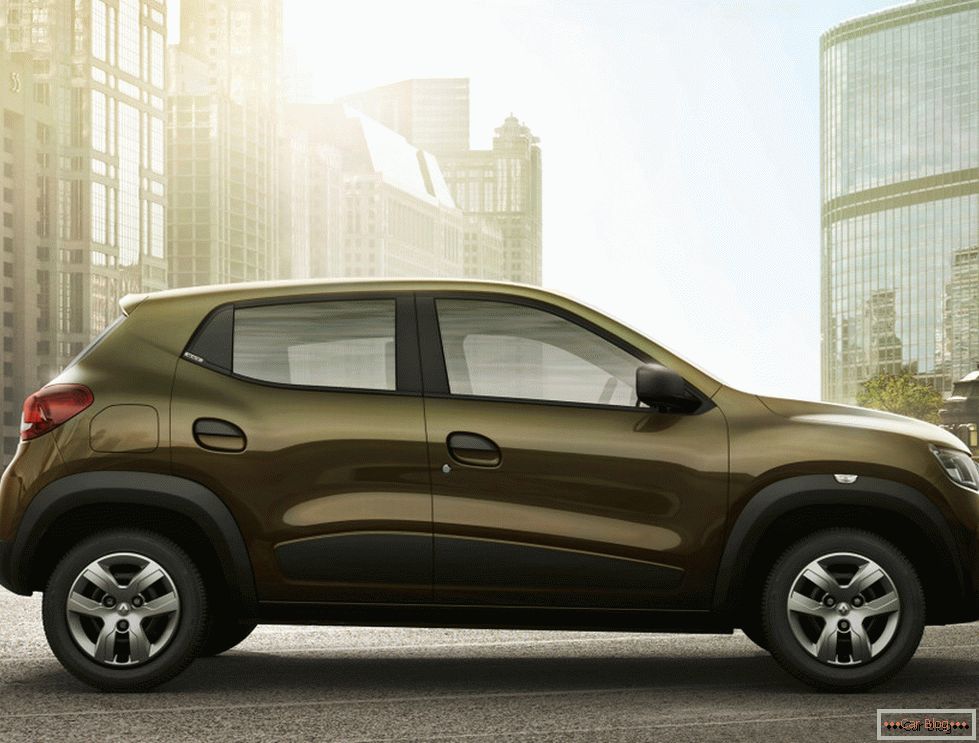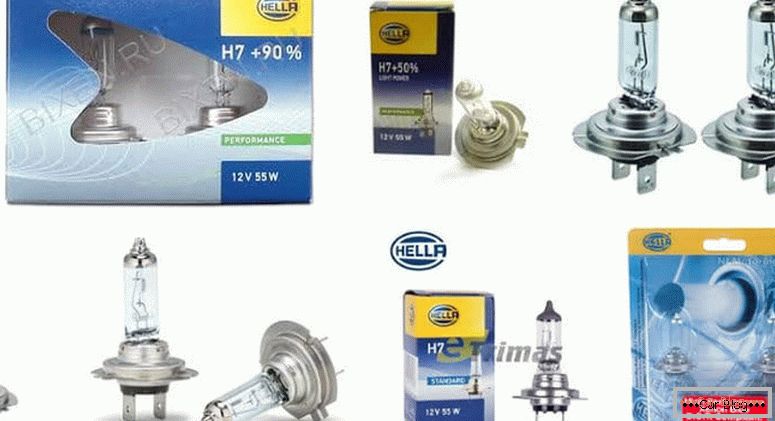>
When choosing technical fluids, motorists carefully study all the information about oils, and in some cases consult with experts about which antifreeze is suitable for their car. About brake fluid is often simply forgotten, buying the first bottle that came up under the arm with the appropriate designation. This is not worth doing, as the manufacturers of brake fluid use different chemical formulas on which the properties of a substance depend. On this depends the safety of the car, because the wrong means can lead to the failure of the brakes at the most inopportune moment. Therefore, it is very important to find out which brake fluid is better and which parameters you should pay attention to when buying.
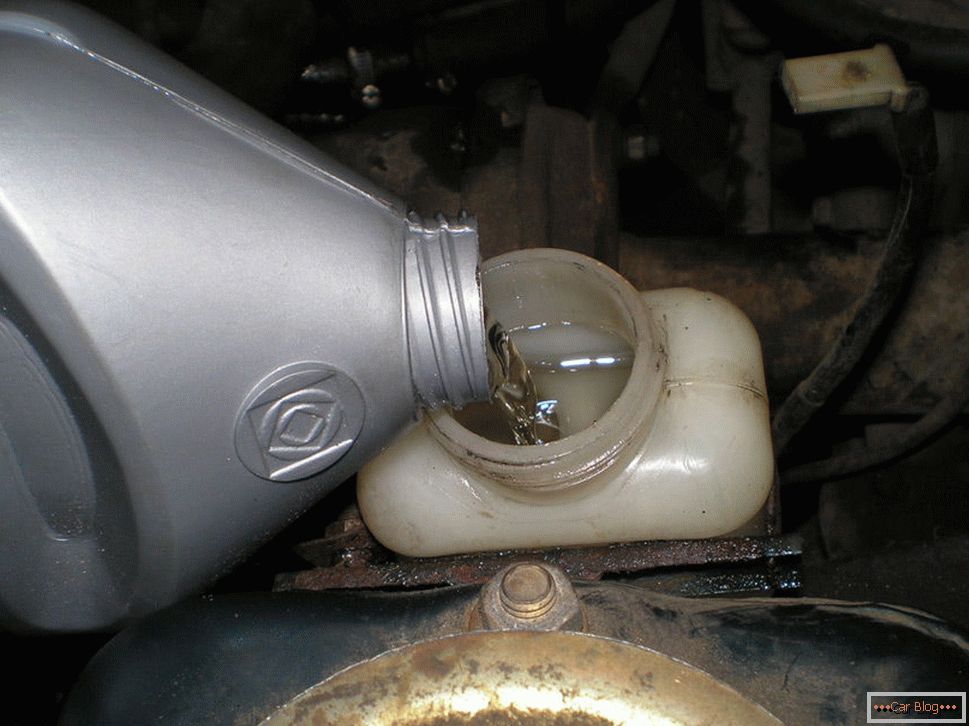
General recommendations
Before you buy brake fluid be sure to look into the instruction manual of the car. You need to find the appropriate designation of the means used - for example, DOT 3. In domestic cars produced more than 20 years ago, BSK liquid can be used - in this case, the use of any analogue is prohibited, since a liquid with an aggressive chemical composition may well corrode tubes and brake connecting elements system that will lead to its irreparable damage.
Читать далее о том, какую тормозную жидкость выбрать-->Некоторые производители автомобилей рекомендуют использовать жидкость конкретного бренда — в таком случае стоит не скупиться и приобрести именно её, не глядя на цену. В подобном случае вы получите гарантированную надёжность тормозной системы, поскольку автомобиль проходил сертификационные испытания именно с этой жидкостью. Если конкретный бренд не указан, стоит обратить внимание на рекомендованное поколение тормозной жидкости.
The best option would be to purchase a product with the marking DOT 4 Class 6 - this liquid was developed specifically for use in modern cars with disc brakes. All products with the marking DOT 3 and below are intended for drum brakes - when using it in hydraulics of disk mechanisms, a guarantee of reliability cannot be obtained. It is possible to mix DOT 4 with all brake fluids of a smaller class, but no manufacturer has tested such combined formulations.

There is also a special brake fluid for sports cars - DOT 5, created on a silicone basis. It has a very high efficiency and is not subject to boiling, but its main drawback is the huge price. In addition, it is impossible to mix DOT 5 with other means - such liquid will be completely unsuitable for use in any car. Therefore, in recent years, DOT 5.1 standard brake fluids have appeared on the market, which are produced on the basis of glycols and can be mixed with other products without significant damage to efficiency.
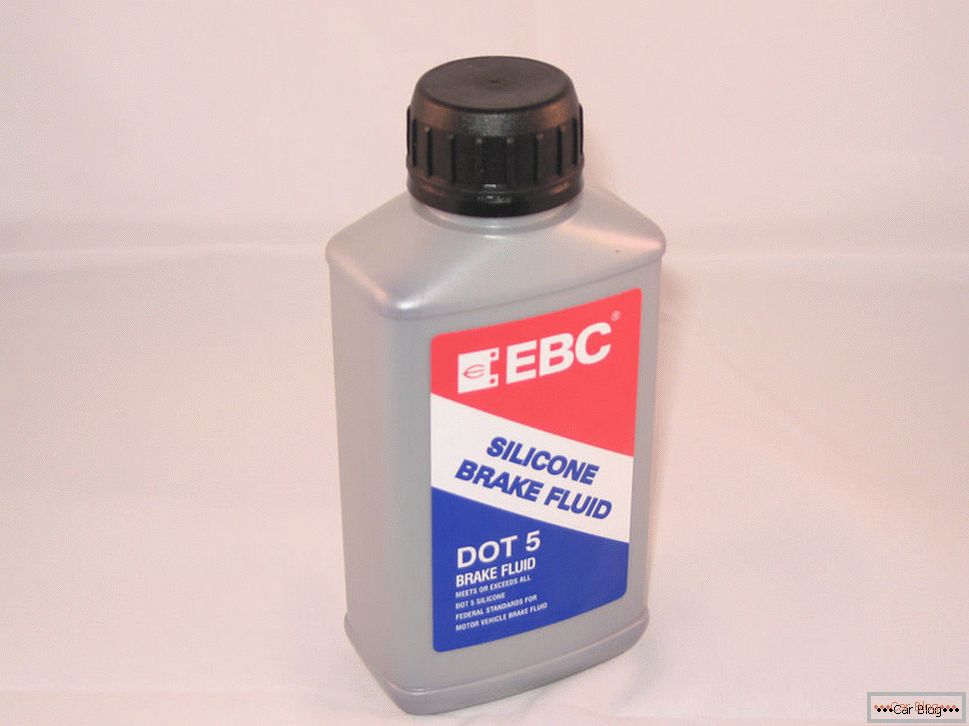
It should be remembered and the fact that the liquid of a higher standard does not necessarily increase the efficiency of your brake system. It is possible that its use will lead to damage to hoses and various connections, which will cause a brake failure and a serious emergency situation. Therefore, it is desirable to strictly follow the recommendations of the manufacturer - if the instructions say pour DOT 3, it is worth buying this particular liquid.
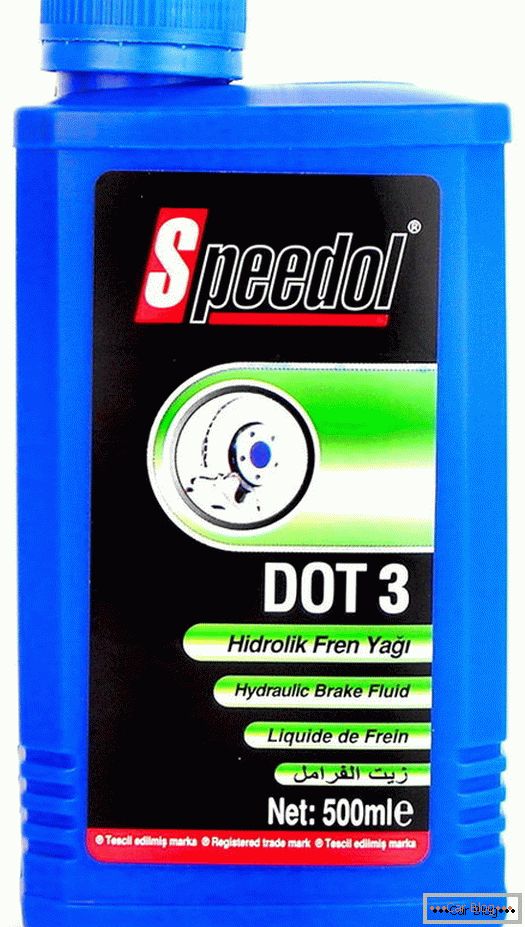
 Discounts for new cars! Profitable loan from 9.9% installments 0%
Discounts for new cars! Profitable loan from 9.9% installments 0%  adom.ru
adom.ru
Rating
Overseas production
After testing by experts, it turned out that the best brake fluid is produced by Castrol - it meets the standards for parameters such as boiling temperature, winter viscosity and hygroscopicity. Even with long-term use, the tool does not accumulate a large amount of moisture obtained from the ambient air - this allows you to maintain maximum brake system performance even by the time of replacement with a run of 60 thousand kilometers. We were pleased with the experts and the relatively low viscosity when tested by Russian frosts - with the Castrol brake fluid the pedal does not become excessively rigid. The tool is suitable for both cars with a substantial age, and for the newest models equipped with an electronic stabilization system using brake mechanisms.
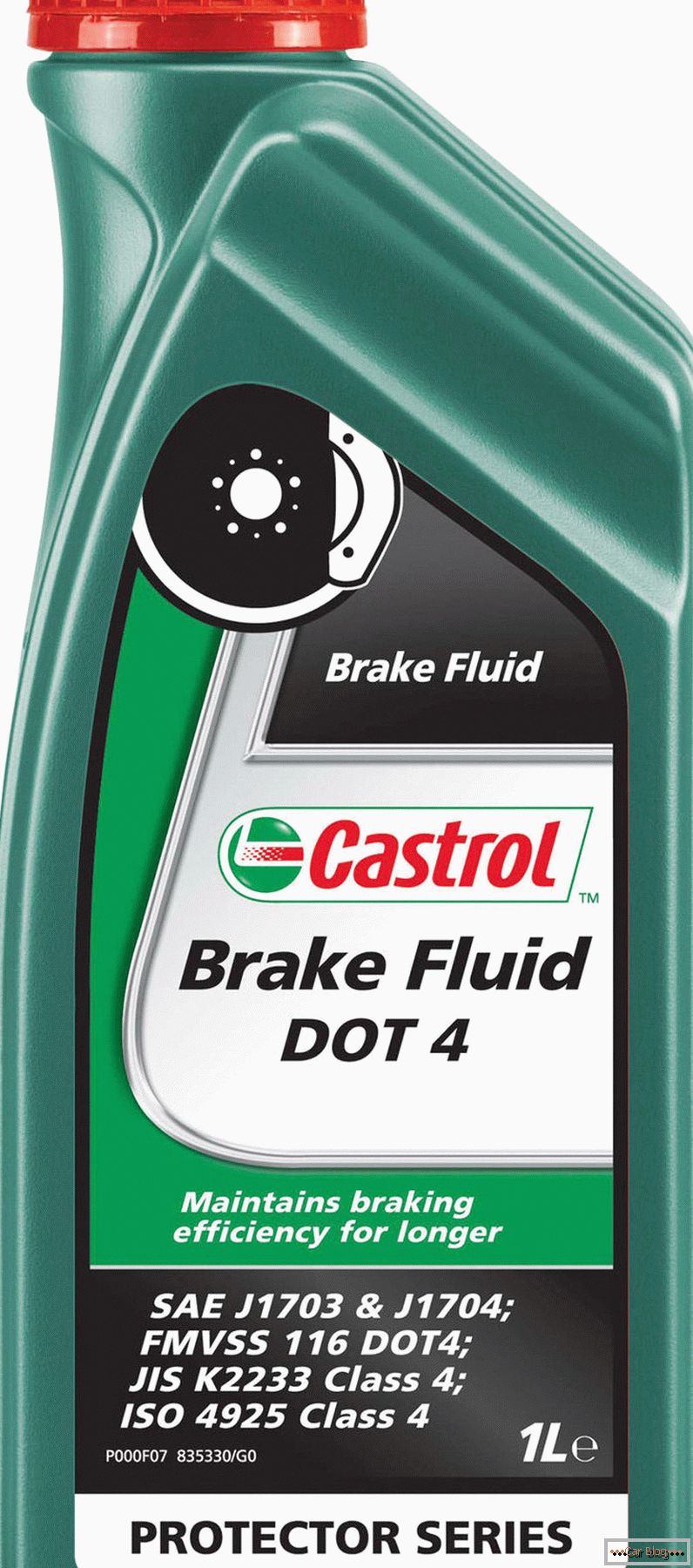
The second place was taken by the product of the German company Liqui Moly - DOT 4 standard liquid successfully confirmed compliance with international standards. Its advantage lies in the initial adaptation to modern brake systems equipped with ABS and electronic assistants, which increase the effort during emergency deceleration. A high boiling point helps to achieve stable braking even with active driving. Another invaluable advantage is the presence of special additives that keep the rubber, plastic and metal components of the hydraulic circuit in good condition.

An excellent option for purchase in the Russian context can also be called brake fluid produced by Mobil Corporation. It is based on polyglycolic esters, which allows to achieve the following advantages:
- Resistance to low temperatures, minimum viscosity during frosts stronger than -30 degrees;
- Stability of physical properties even when a small amount of moisture gets into the circuit;
- Absolutely neutral chemical composition that protects all components of the brake system from corrosion and destruction.
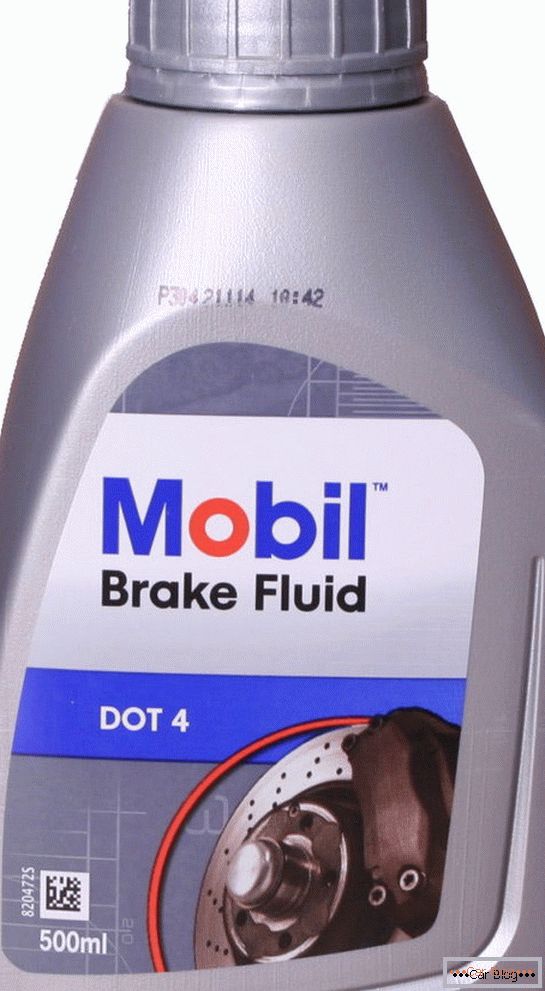
The manufacturer calls its brake fluid Arctic and recommends pouring it into the hydraulic circuit of passenger cars used in the Far North. Reviews confirm the validity of such a name - there are no problems with slowing down the machine, even at an ambient temperature of -45 degrees.
The well-known corporation British Petroleum also offered its own version of a synthetic brake fluid - its products received the highest ratings of experts in all physical parameters. Particularly pleased with the high boiling point, which allows you to gain confidence in the effectiveness of the brakes when driving in urban congestion. The only comment related to anti-corrosion properties - after a couple of years of operation it is better to check the integrity of the metal parts of the car's brake system.
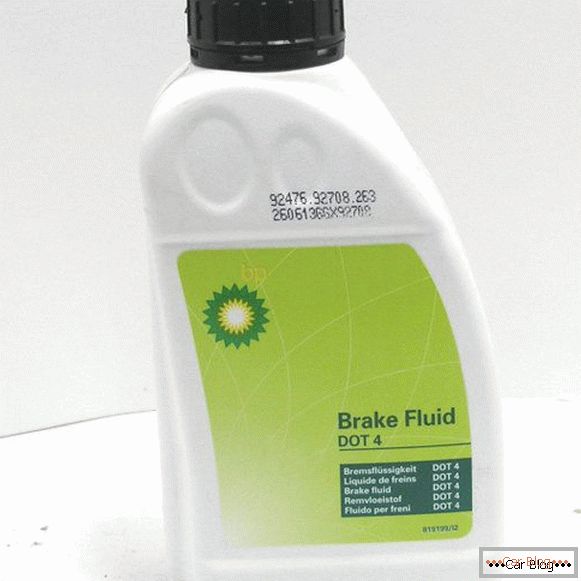
The American company Hi-Gear produces a wide range of brake fluids, among which you can find products that meet the standards of DOT 4 and 5.1. They fully comply with the stated indicators, providing a confident slowdown in any conditions. However, experts found that the products of this brand have a high hygroscopicity, which gradually degrades its quality over time. By the time the brake fluid is changed, there is a lot of water in it, which significantly reduces the boiling point.
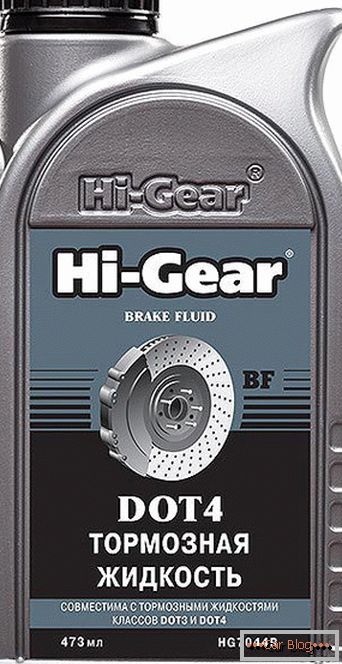
Russian products
The best product of domestic production was the liquid sold under the name "RosDOT 4". It is produced by Tosol-Sintez - its products can be found in almost any auto shop in Russia. In addition to wide distribution, the advantage of the liquid can be called an excellent climatic stability. The tool works in the temperature range of 100 degrees - starting from 50-degree frosts and ending with abnormal heat. “RosDOT” is recommended to be used in the Far North, as well as in other climatic zones with low temperature and high humidity - such a liquid has a low hygroscopicity.
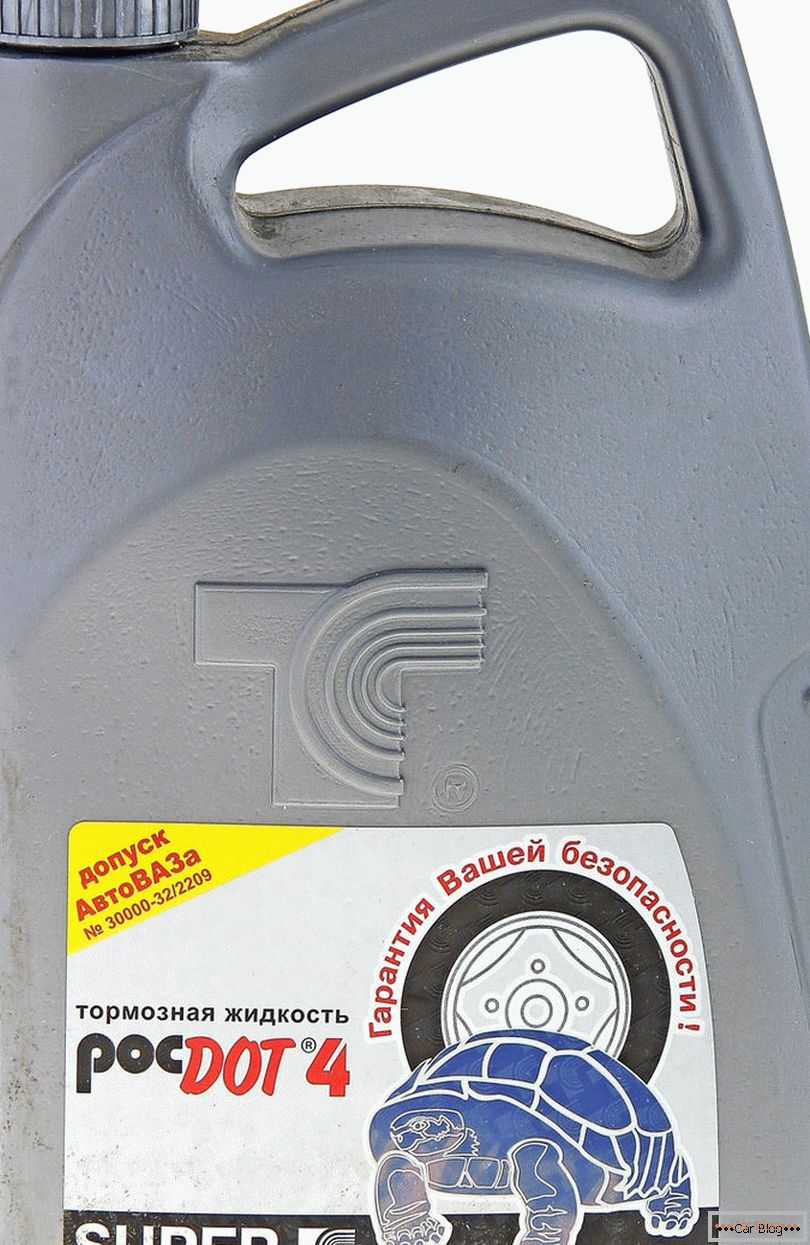
The Delfin Industry products also showed good results - it is represented in auto shops called Green Line LUXE. Sure deceleration is ensured at a temperature of -40, and boiling does not occur even with active driving in a 60-degree heat. However, experts are alarmed by increased hygroscopicity - they recommend reducing the fluid replacement interval to 50 thousand kilometers to avoid unpleasant situations threatening accidents.
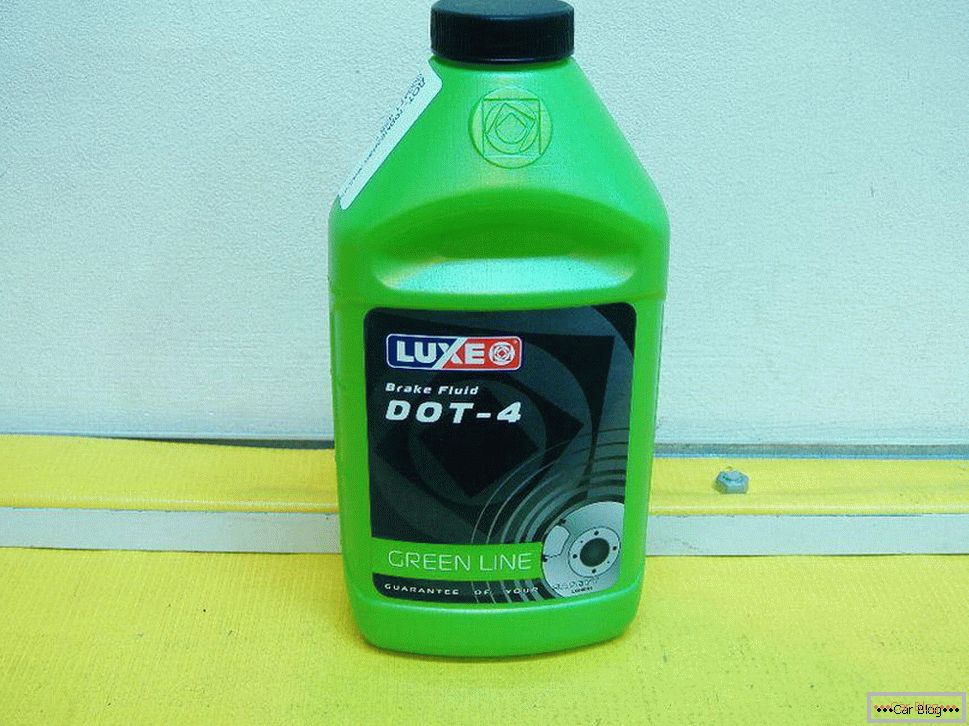
The third place in the rating of domestic manufacturers of brake fluid is taken by Alaska produced by Tektron Corporation. The tool with honor passed all the tests and confirmed the compliance with the stated parameters, although in winter there is a slightly increased viscosity. The hygroscopicity of the brake fluid is within acceptable limits, which ensures exceptional stability of the hydraulic circuit. But there is one significant disadvantage - in the pursuit of cost reduction, the developers have completely forgotten about the anti-corrosion properties of their product. As a result, the Alaska-filled fluid braking system serves much less than with foreign counterparts.
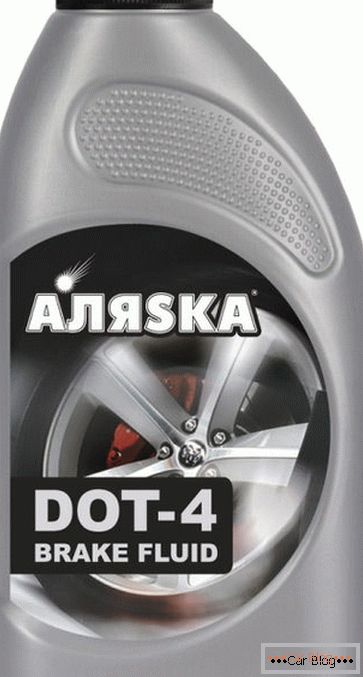
Antitrust
The worst liquid in the ranking was MIG, produced by the Russian corporation SibUrneftekhim. After long-term operation, the brake system is covered with scale, which significantly reduces the efficiency of the hydraulic circuit. Worst of all, traces of obscure impurities are found even in the master brake cylinder - after a couple of seasons, all components will have to be changed, which will require huge costs. The liquid does not meet the standards of boiling temperature - and its disadvantages are noticeable immediately after pouring, not to mention long-term operation. In winter, such a tool becomes excessively viscous, causing the pedal to "dubeet", forcing the driver to suffer at every deceleration.
The situation with the BAXS fluid, also made in Russia, is even more interesting. Its boiling point is 15 degrees lower than the standard at once - if you are going to pour such a tool not into the old Zhiguli, but into a modern dynamic car, the brake system simply refuses when driving actively. In addition, confuses the huge viscosity in the cold - the trip at -20 degrees will have to be postponed, for safety reasons. The hygroscopicity of the fluid is also excessively high - it absorbs a lot of moisture, which further impairs its parameters.
The absolute champion in the negative sense of the word becomes the liquid "Dzerzhinskaya" produced by SV-Chem. Viscosity in the cold state exceeds the standard figure immediately by 10 times, which can be a huge problem during the winter operation of the car. The boiling point is also significantly below normal, which raises doubts about the reliability of the braking system. From all this we can conclude that the purchase of Russian brake fluid without first studying its properties is a very risky step. Part of domestic products exceeds foreign analogues in all parameters, while other products simply do not meet any standards.
Good bought
The best option in terms of reliability are brake fluids of famous foreign brands, as well as some Russian companies. However, you should be careful, because some Russian manufacturers offer frankly low-quality products, and there are a lot of them among imported products. In addition, you should beware of fakes that obviously do not meet any standards.

